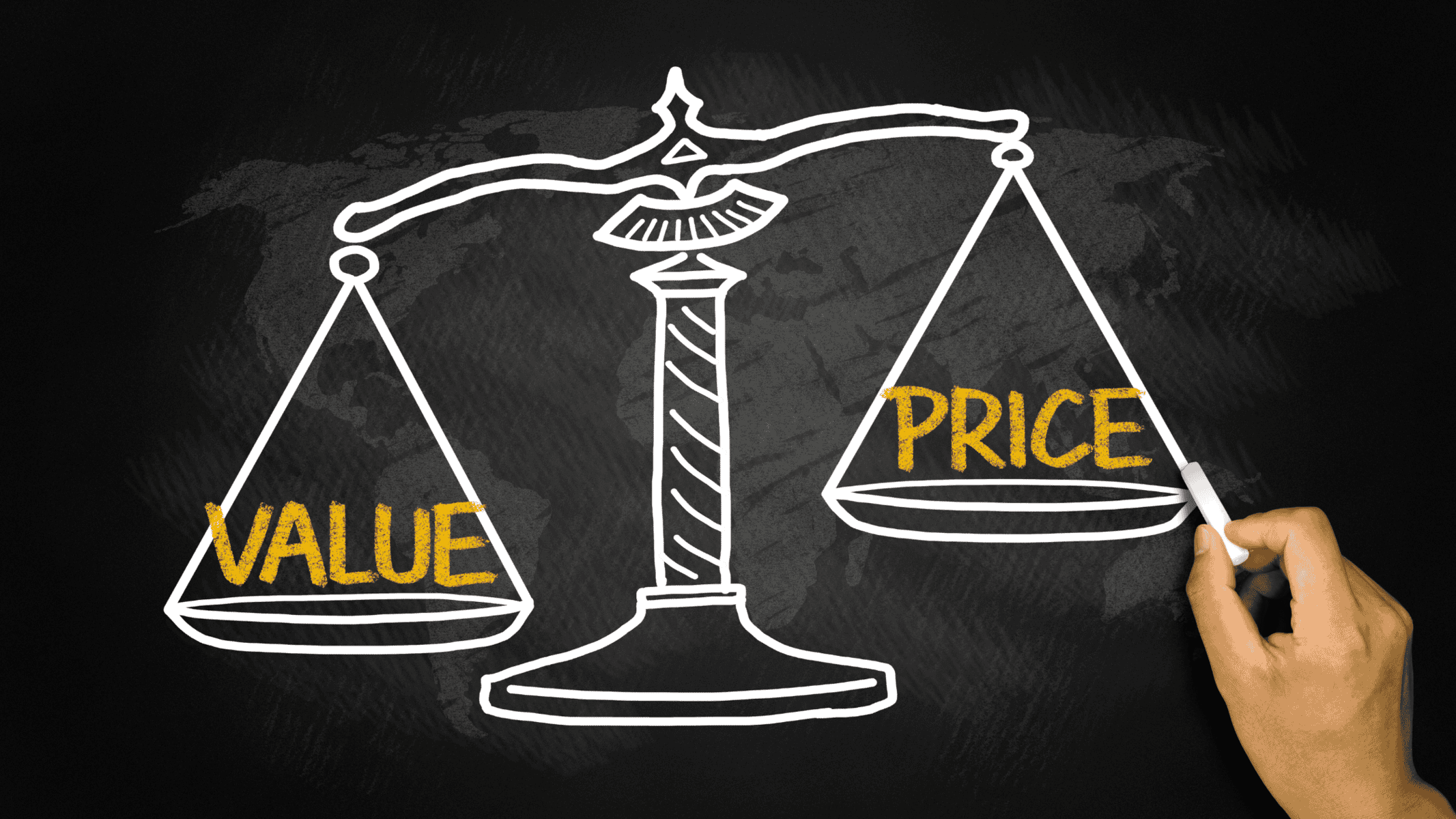In the competitive world of trades, understanding and asserting your financial worth is not just a benefit—it’s a necessity. Many trades professionals struggle with pricing their services appropriately because they undervalue their skills or lack a straightforward methodology to gauge their true earnings potential. This blog aims to demystify calculating what you should be earning per hour, encouraging you to reevaluate your worth based on your skills, experience, and the unique value you provide.
The Foundation of Calculating Your Worth
Before diving into any calculations, it’s essential to have a solid understanding of what factors should influence your rates. Your hourly rate should reflect not just the market rate and what your competitors are charging but should also consider the following:
- Skills and expertise: Higher skills typically command higher rates.
- Experience: More experience can justify higher rates due to better problem-solving abilities and efficiency.
- Specialization: Specialized services that fewer tradespeople offer can increase your rate.
- Operational costs: Your rate needs to cover business expenses and leave room for Profit.
- Geographic location: Rates can vary significantly depending on where you operate.
Understanding these factors will help you set a base for what you should charge, but the next step is to calculate it more precisely.
Step-by-Step Guide to Calculating Your Hourly Rate
1. Calculate Your Annual Expenses
Start by summing up all your annual business expenses, including tools, supplies, insurance, vehicle maintenance, and other operational costs. Remember to include the cost of your labour as an expense.
2. Determine Your Desired Annual Profit
Decide how much Profit you want to make over the year after expenses. This figure should be realistic, provide a comfortable living, and acknowledge the risk and hard work you put into your business.
3. Estimate Billable Hours
Estimate how many hours per year you spend on billable work. Remember that not all your hours are billable—some will be spent on travel, administration, or downtime.
4. Calculate Your Hourly Rate
Divide your annual expenses and desired Profit by your estimated billable hours. This gives you the hourly rate you need to charge to meet your financial goals.
Example:
- Annual Expenses: $50,000
- Desired Profit: $50,000
- Estimated Billable Hours: 1,200 hours
Hourly Rate = ($50,000 + $50,000) / 1,200 = $83.33 per hour
Implementing Your New Rate
Once you have calculated your optimal hourly rate, the next step is to implement it. This may require you to:
- Communicate with existing clients about the rate change, explaining why it is necessary.
- Adjust your marketing to reflect the value you provide by highlighting your expertise, experience, or the quality of your work.
- Monitor the market continuously to ensure your rates remain competitive but fair.
Conclusion
Calculating your true worth as a trades professional isn’t just about ensuring you cover your costs; it’s about recognizing and capitalizing on the value you bring to each job. By carefully calculating your hourly rate, you can steer your business toward more profitable and sustainable practices. Remember, your skills, experience, and the specialized services you offer are valuable, and your pricing should reflect that value.







